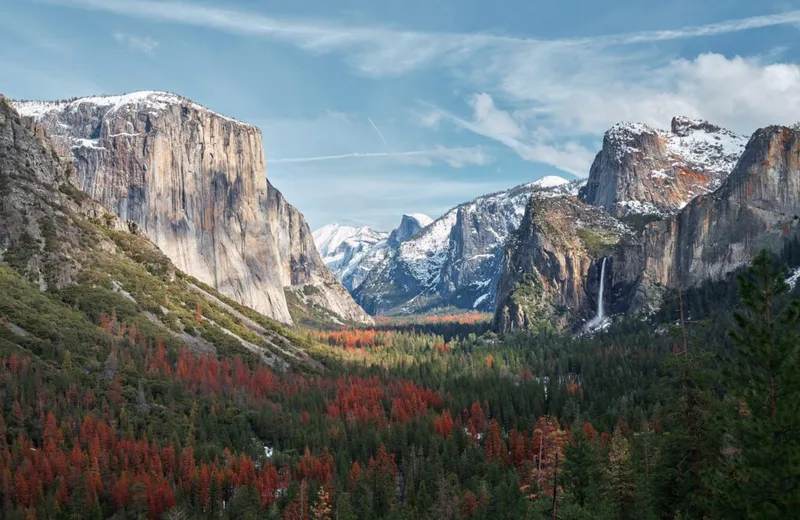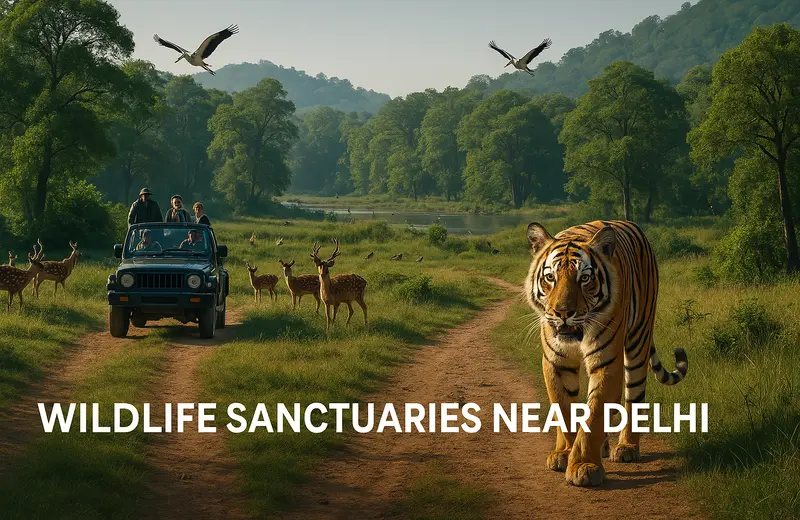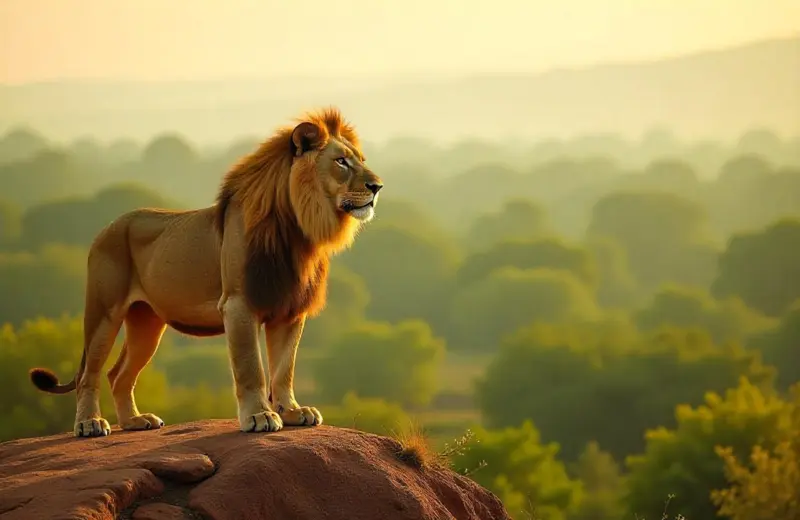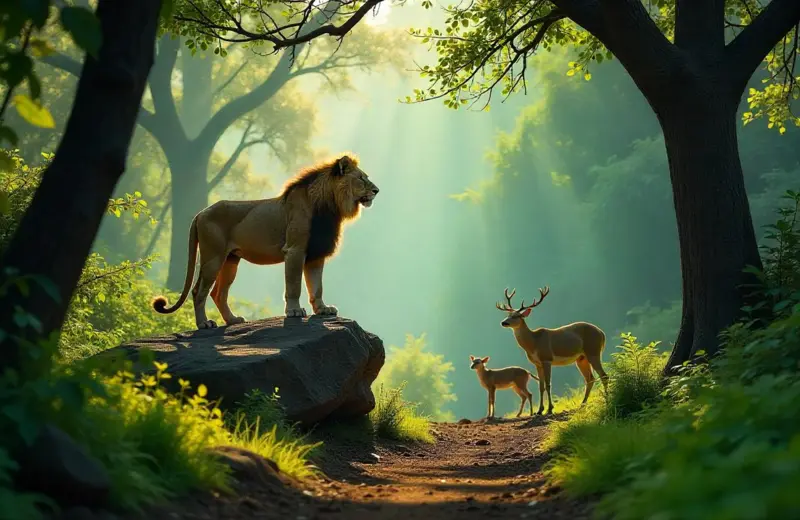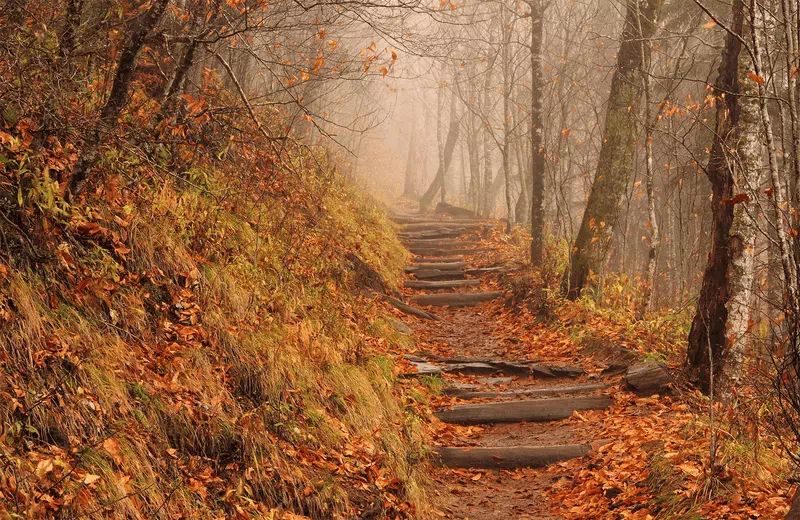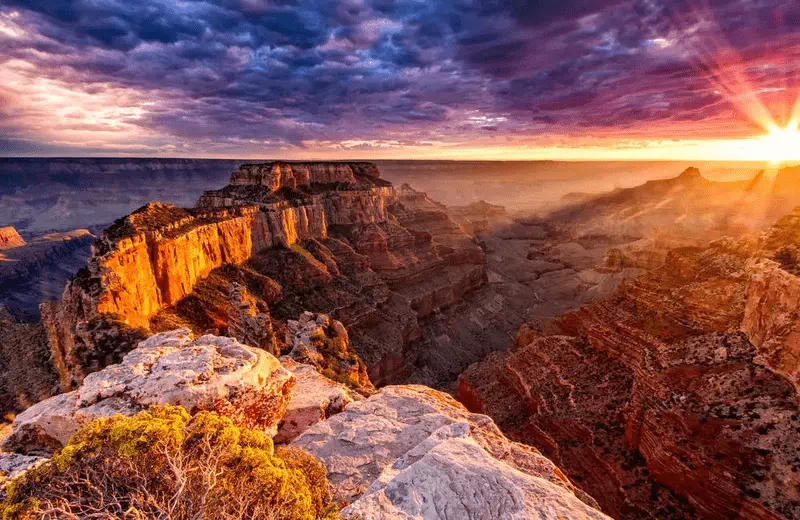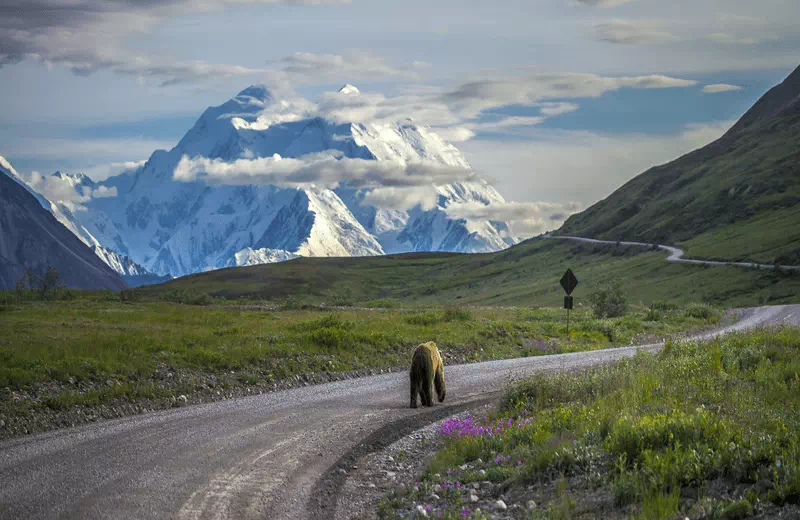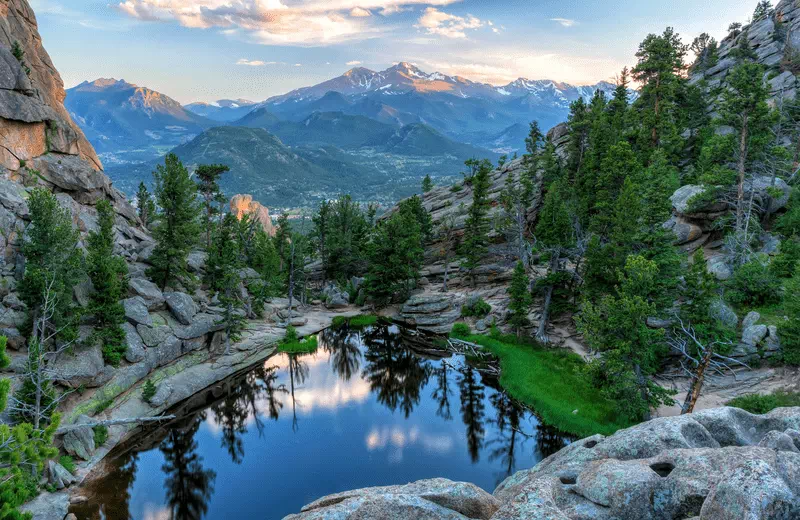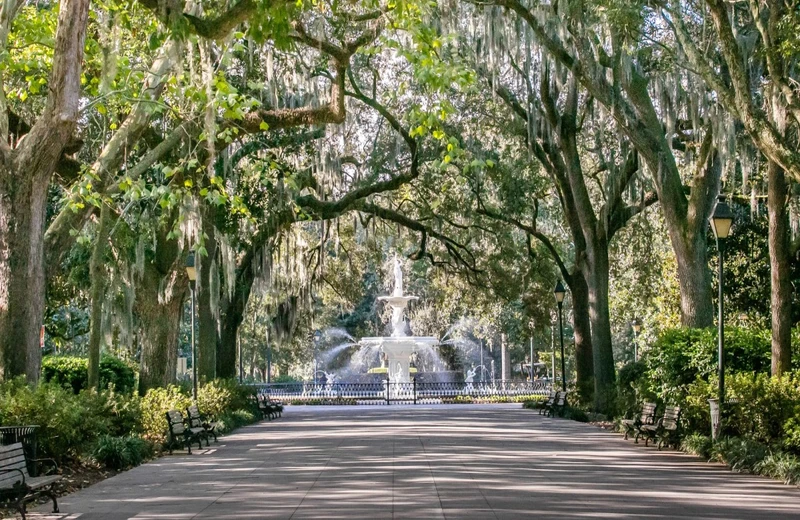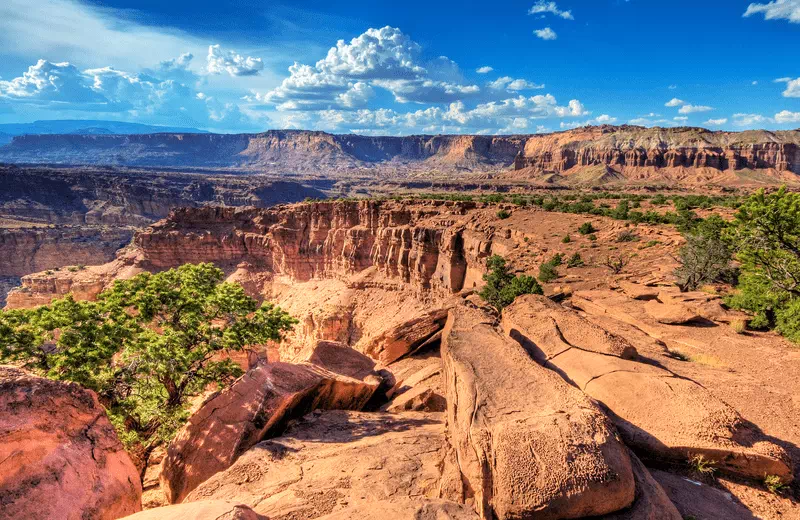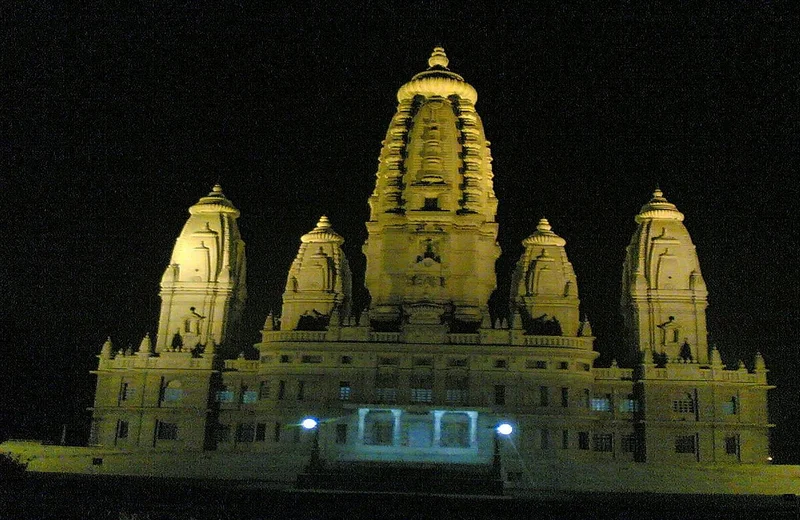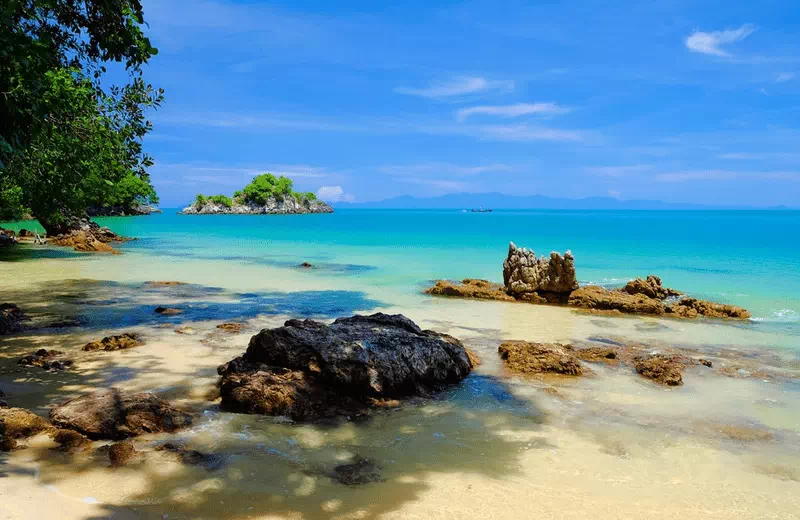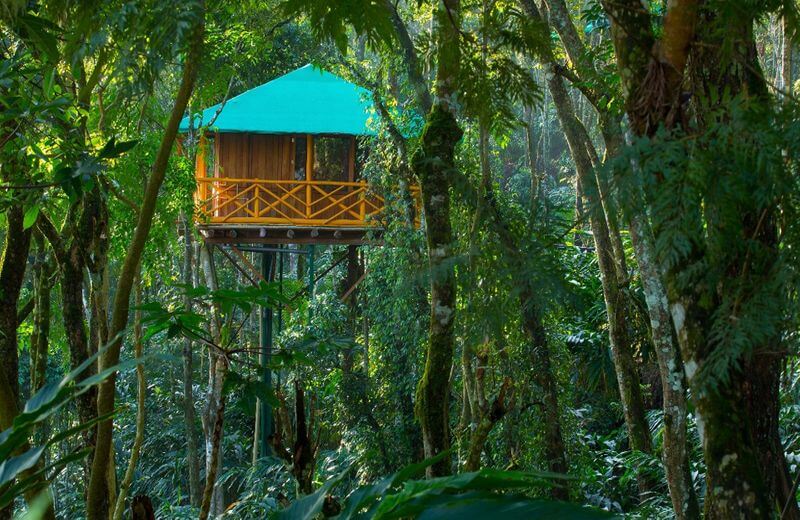Explore Death Valley National Park (California and Nevada)
Death Valley is a desert valley in eastern California that borders the northern Mojave Desert and the Great Basin Desert. It is one of the hottest places on Earth during the summer, along with the deserts of the Middle East and the Sahara. It is also the largest national park in the 48 contiguous states of the United States. The Nevada state line runs along much of its northeastern border, and the Inyo National Forest and the Inyo Mountains border it to the west.
The park also contains many historical relics from the past 150 years that provide insight into the harsh life of the early settlers - borax and metal ore mines, ghost towns, charcoal kilns, and other ruins. Petroglyphs and ancient footpaths show that the Shoshone Indians lived here much earlier.
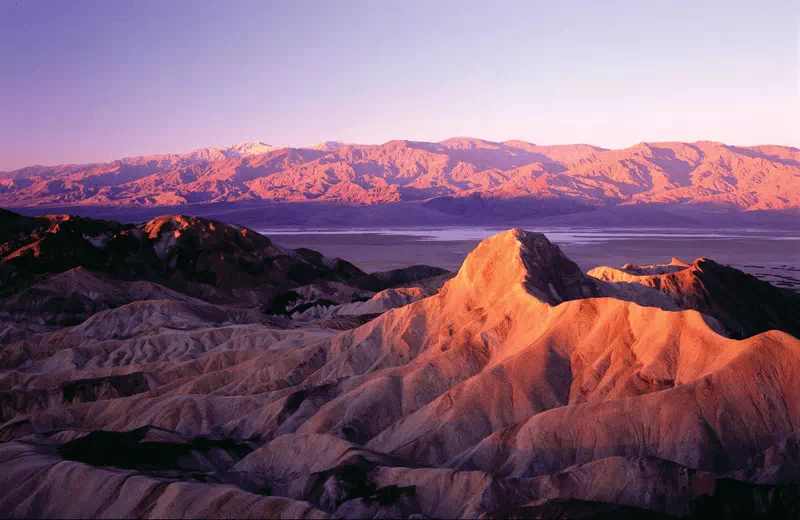
Because of its lack of surface water and low relief, Death Valley is the hottest and driest place in North America. Because it is frequently the hottest spot in the United States, many lists of the country's highest daily temperatures exclude Death Valley as a matter of course.
Why is Nevada known as Death Valley?
What significance does the name Death Valley have? Death Valley got its ominous name from a group of pioneers who died here during the winter of 1849-1850. Even though only one of the group died here, they all assumed that this was their final resting place.
What exactly is the distinction between Death Valley and Death Valley National Park?
Death Valley National Park is an American national park located east of the Sierra Nevada on the California-Nevada border. The park's boundaries include Death Valley, Panamint Valley's northern section, Eureka Valley's southern section, and the majority of Saline Valley.
Is Death Valley close to Vegas?
Death Valley is located approximately 130 miles from Las Vegas and is only about a two-hour drive from the Strip.
What makes Death Valley National Park so well-known?
Death Valley, the largest national park south of Alaska, is known for its extremes: it is North America's driest and hottest spot (with less than two inches/five centimetres of rainfall annually and a record high of 134°F), and it has the continent's lowest elevation—282 feet below sea level.
Is it worthwhile to go to Death Valley?
Death Valley is an absolute must-see! The landscapes are so distinct that you'll forget you're still in the United States, and you can see incredible natural phenomena in just one day here. We wholeheartedly recommend paying a visit!
Is it possible to drive through Death Valley?
Yes, but you must be prepared and cautious. Many of Death Valley's main attractions can be safely toured in an air-conditioned vehicle. Stick to paved roads in the summer, and if your car breaks down, stay with it until help arrives.
Is Death Valley the hottest spot on the planet?
Death Valley holds the world record for the highest air temperature: on July 10, 1913, temperatures in the appropriately named Furnace Creek area of the California desert reached a scorching 56.7°C (134.1°F).
What month has the lowest temperature in Death Valley?
The temperature typically drops to 0/-3 °C (27/32 °F) on the coldest nights of the year. However, it dropped to -5.5 °C (22 °F) in December 1990. Summer, on the other hand, brings blistering heat despite low humidity.
Best Time to Visit Death Valley National Park
Spring. It is the busiest season for visitors to Death Valley. Aside from warm and sunny days, the possibility of spring wildflowers is a major draw. If the previous winter brought rain, the desert can put on a spectacular floral display, which usually peaks in late March to early April.
The Best Way to Visit Death Valley National Park
The only way to reach Death Valley is by car. There is no public transportation or shuttle service available in the national park. You can either rent a car and drive to Death Valley or book a day trip tour.
Top Places to Visit Around Death Valley National Park
- Badwater
- Zabriskie Point
- Dante's View
- Artist's Drive
- Artists Palette
- Mesquite Flat Sand Dunes
- Furnace Creek Visitor Center
- Titus Canyon
- Ubehebe Crater
- Father Crowley Vista Point
- Devil's Golf Course
- Mosaic Canyon
- Golden Canyon





